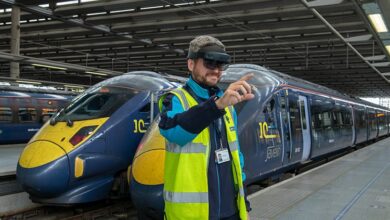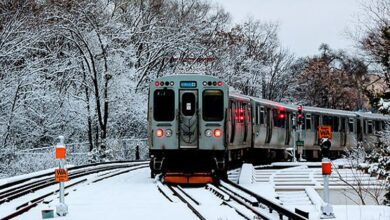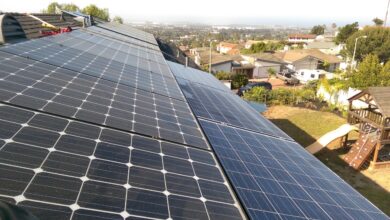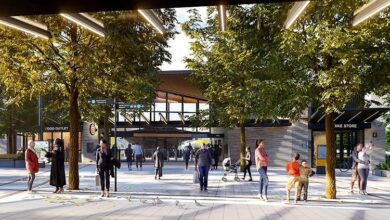Shopping for Value in the Electric Car Market
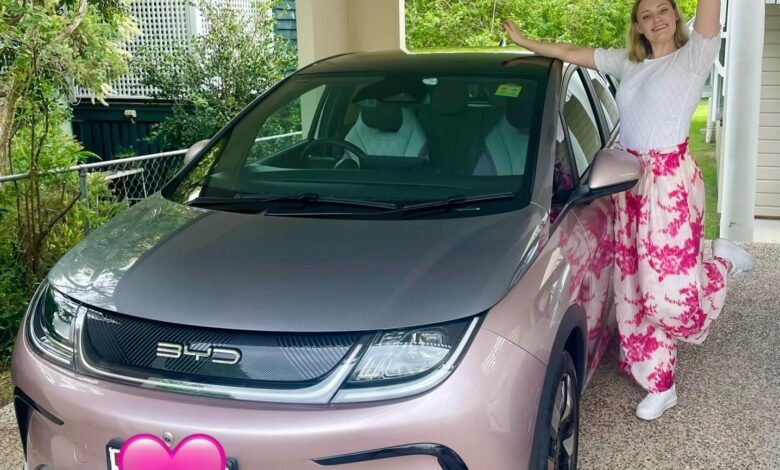
Sign up for daily news updates from CleanTechnica on email. Or follow us on Google News!
Allan has recently retired from his position as the Chief Information Officer at Isuzu Ute Australia. He knows about motor vehicles and he is dead set on value for money. He is in the market for an electric vehicle, and I asked him to share his shopping-for-value experience. When I bought my Tesla, 5 years ago, there wasn’t much on the market and everything was wildly expensive. What’s it like now in 2024?
A bit of background: because Allan worked with Isuzu, his family was able to lease good quality vehicles in a cost-effective way. Allan’s retirement has triggered the end of that opportunity. His daughter, Grace, a physiotherapist, was leasing a diesel-powered Isuzu MU-X. In her work as a community physio, she was using a lot of fuel visiting clients all over Brisbane. “She knew I was retiring and her lease would end when I retired.”
“What am I going to do?,” she queried. Allan and his wife Lesleigh have been discussing the environmental changes with their adult daughters for the past couple of years. Allan’s research indicated to him that the automobile industry was going to go electric inevitably. “It’s an awkward period to change over. I don’t want to over invest. Not that a motor car is an investment,” he tells me.
Allan’s family had their first discussions in 2022. By 2023, they were getting more serious, concurrent with the arrival of additional models in Australia — Tesla, Polestar, some BMWs, Volvo, BYD, MG from China, and Hyundai/Kia from Korea. “The Atto 3 got me looking at BYD and checking out the company. The Dolphin and Seal were on the horizon. MG 4 was getting some good reviews.” Allan read about the electric Kia and Hyundai models, but felt that they were too expensive for what they offered. Remember, he is shopping for value. “I read as much as I could. I didn’t want to go to dealerships to start with until such time as my daughter and I had time to understand more through our own research.” Allan and Grace checked out the plethora of video reviews on YouTube.
From this, they created a shortlist of 3 cars: the Atto 3 base model, Dolphin premium, and MG 4 Excite 51. Allan and his wife Lesleigh wanted the most stable battery chemistry available, and so the short list comprised models with LFP batteries. There were concerns in the family around battery fires, with research demonstrating that the LFP chemistry was the safest path. After the research and the short list, it was time to view the cars in person. They looked at cars on Sundays when the dealerships weren’t open. Grace fell in love with the subtle dusky pink Dolphin, as she just loved the colour. Then they went back to the BYD showroom during the next week when open to check out the interior.
I asked about the dealership experience. Allan tells me that the only dealers that they have consulted have been BYD and MG. “Both dealerships had sales people who knew their products and were willing to supply the product information they wanted. They didn’t try to upsell. There was no pressure but good information.”
As a physio, Grace is acutely aware of the need for correct seating. She found the seats on the Atto 3 not comfortable enough. It certainly had the room she needed for her professional equipment, but the compact shape of the Dolphin appealed to her more. She had driven her mum’s CX-3 Mazda and the size was more appealing. She had experienced some difficulty parking and turning her leased Isuzu MU-X when seeing clients in the Brisbane CBD. At one point she had to do “a 30-point turn” to get the MU-X out of a tight underground parking spot. So, she was happy to downsize.
After checking out the Dolphin on display she declared “that’s more me.” She particularly liked the interior, materials, sunroof, with plenty of space in the back seat for passengers and her physio gear. During the test drive she was taken by the quietness and calmness even on the Western Freeway from Indooroopilly in Brisbane. She deliberately took the car into a narrow side street to make sure it could do a three-point turn easily. In the 9 months she has driven the Dolphin, she has had no issues, no problems. She frequently gets questions about the car and is surprised how many males like the “coral pink & urban grey” colour. Majella and I were impressed with the Dolphin when we checked it out.
I asked about hybrids and Allen responded: “I suggested our family stay away from hybrids given their higher fire risk and worst of both worlds’ costs. Grace used to spend $150/week on diesel fuel in the MU-X, and to run the Dolphin is spending less than $25/week on electricity.
Shopping for value with Grace has helped Allan in his search for a retirement car. “If we hadn’t been through this process with Grace, I would have been behind the eight-ball looking for an EV to replace my work car, an Isuzu D-Max.” His current daily driver, a Mazda CX-3, will be passed to his other daughter. Ironically, she used to say, “My first car is going to be electric!” But the reality is that her taking their second-hand, low-kilometre Mazda is the best financial decision at this time.
Allan and Lesleigh recently went on holidays to the Snowy Mountains in New South Wales. “We hired a Tesla Model 3 SR so we both could get our first EV driving experience.” What was the biggest difference, I asked. “One pedal driving,” Allan answered. “It was just so different, but not off-putting.” He got frustrated with setting the air conditioning, getting the right temperature. Lesleigh is concerned about getting too much sun exposure and the likelihood of skin cancer (a sad reality for many in Australia). The Tesla they hired did not have screens, and concerns about melanoma and temperature buildup inside the car are justified.
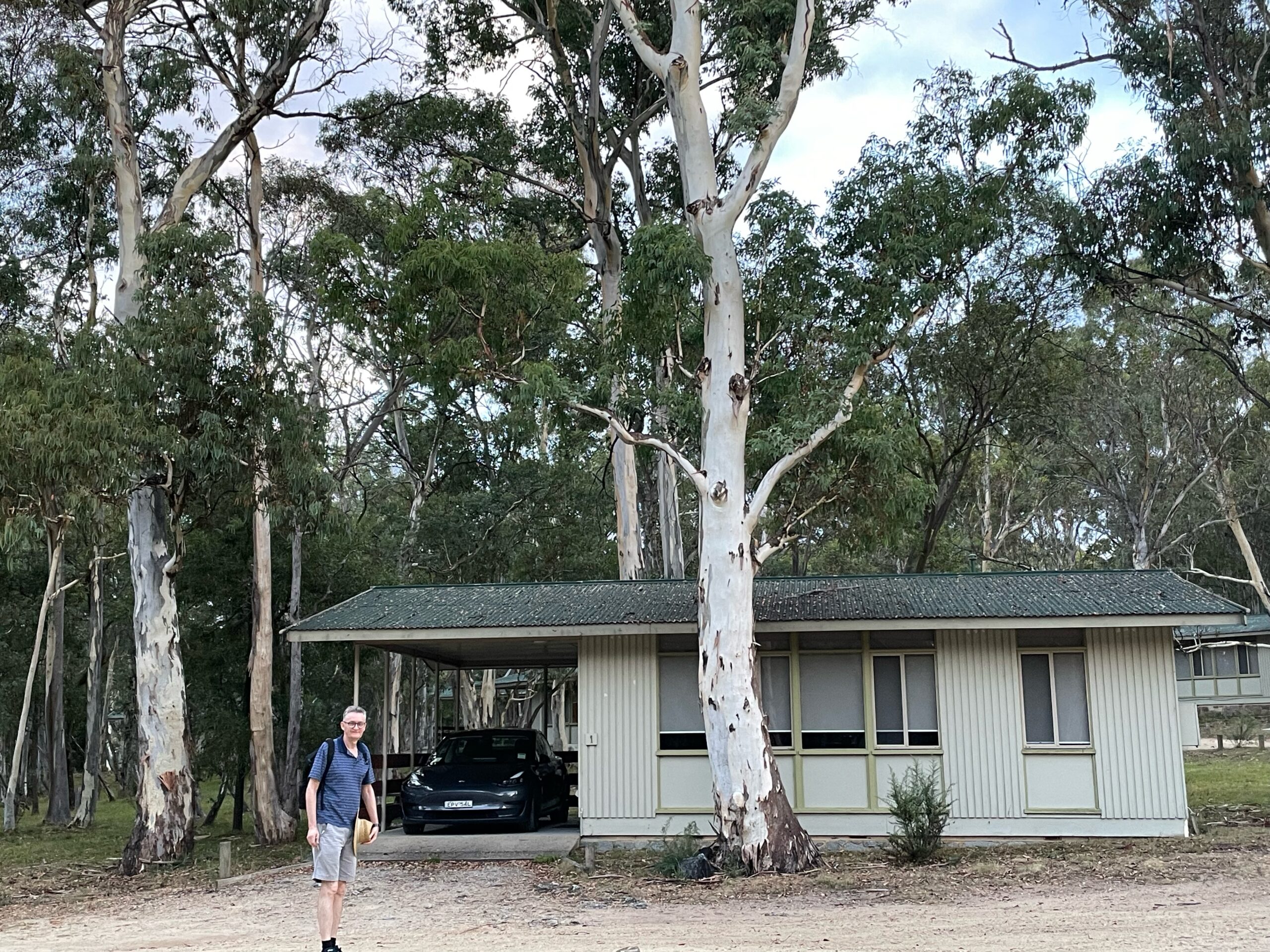
“Australia has the highest melanoma rates in the world. Melanoma is often referred to as ‘Australia’s national cancer’.” We have after-market screens fitted in our Tesla for this very reason. One Australian is diagnosed with melanoma every 30 minutes, and one dies every six hours.
The rental agency at Canberra airport, Sixt, gave them a good introduction, with over 30 minutes of instructions. The car came with a cable for both 10 amp and 15 amp charging. This was a must, as Allan and Lesleigh planned to stay at Kosciuszko Tourist Park in the Kosciuszko National Park, which provided access to 15-amp outlets. They stopped and charged at Cooma on the way — “just to learn how to do fast charging.” The rental car came with a Chargefox card, so they were able to charge for free. They both felt it was good to know that driving in the pristine alpine air they were not contributing to air pollution and degradation of the environment.
I asked why they didn’t buy a Tesla. “The main reasons were because of the glass roof lacking additional sun and heat protection features, the price difference to get similar longer range, and visually we find the lines of the Seal more elegant.” He says he never had any range anxiety in the Tesla and he loved watching the green line of regen when they went downhill. “How did you find the torque?,” I asked. “At one point we were getting out of a T intersection on a blind bend in a 100 km zone. We didn’t want to hang around so I put my foot down and we were surprised at the power. During Lesleigh’s driving sessions she found the extra torque useful when traversing tight and twisty mountainous roads, and especially useful when overtaking.”
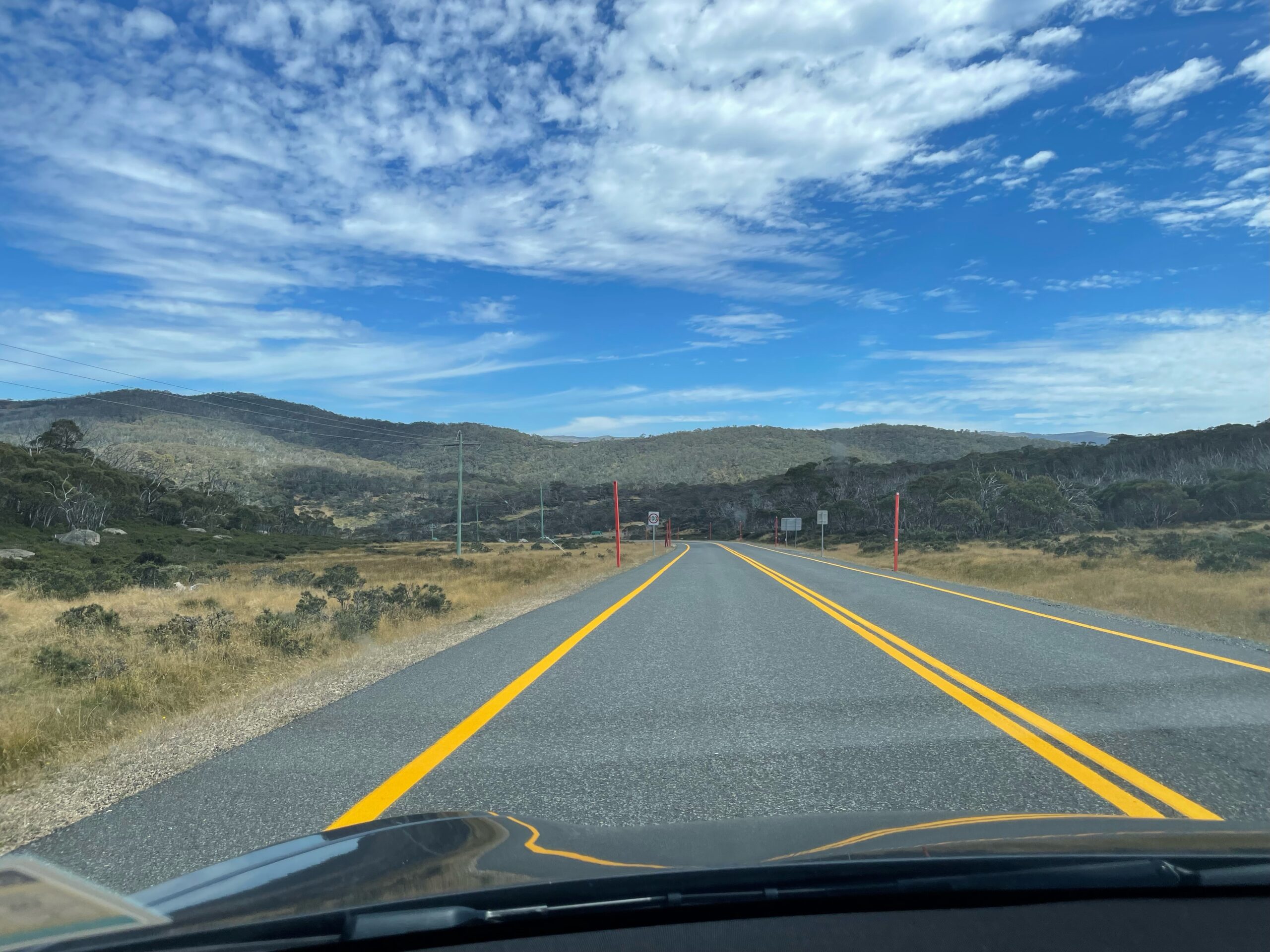
Allan continued to watch the new cars coming onto the Australian market, building on the experience with Grace. With each new car that has come out he has checked the specs and the price — but each time came back to his original short list. “We are value shoppers, not image people.”
He wanted something that will last 10 years before replacement. It had to be a car they liked and be practical and well supported over its lifetime. Not too boxy, and sold in good numbers so there will be parts available and options for maintenance (Australia has 3rd party right to repair legislation to help keep maintenance costs low). Lesleigh would have liked an SUV, “but they don’t seem to have the range. A sedan has the range — so long as it has the interior space needed. We want to do a lot of travelling in our retirement — preferably on roads less travelled.”
So, have Allan & Lesleigh purchased their car? Well, almost, as a deposit has now been placed on their chosen vehicle: a BYD Seal premium, and they are awaiting a delivery schedule. The car has LFP battery chemistry, 82 kWh that provides WLTP 570 km of driving. The 0–100 km in 5.9 seconds is comparable with what is offered by Tesla and other EVs that size. With the EV price wars currently taking place in Australia, taking their time to review the market was a wise choice.

When asked about the future, Allan opines: “I see a segmentation of customers into those who will want to stick with ICE forever, then there are those who will buy a product from their preferred brands, ‘stick with us, you’ll be safe,’ and then there are those who are more exploratory — ‘where are we going?’” A couple of Lesleigh’s friends went to an EV info evening and heard the message: “You need to move to EVs because ICE will cease to exist.” They are both health professionals, and being critical thinkers also considering the environment, they agreed that an EV should be their next purchase.
Allan expects that hybrids (both HEVs and PHEVs) will flourish for about 3–5 years, which will give mainstream manufacturers time to bring out new EV models, but by 2030, he thinks most new cars will be EVs. Cost of living pressures will have a significant impact. In the meantime, be wary of those in the automotive market with bias, cherry picking statistics. Allan’s opinion has some validity. He tells me that he left school with a strong science and maths background and started to study structural engineering when he discovered IT in its commercial heyday. So, he took that path for a continual learning career. He was involved in running a car club and motor racing. He was able to use his IT skills to learn about a wide variety of industries until his final role that involved distributing motor vehicles for Isuzu Ute Australia.
Allan says the overall shopping experience for many vehicles today is vastly different from the historical time-consuming method of visiting many dealerships and haggling over price. Now you can do much research online, browse showrooms in low-pressure environments, and for some brands like BYD that have a fixed price, make a deposit online and track progress of an order easily. These all significantly reduce stress for the purchaser.
For Allan and his family, shopping for value in the EV car market is bright, electric, and convenient.




